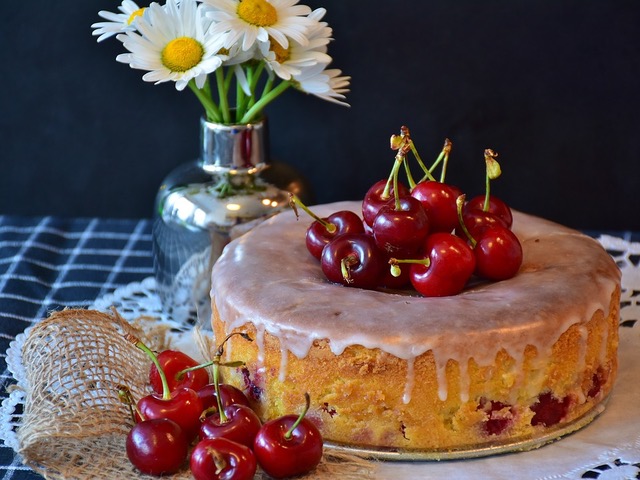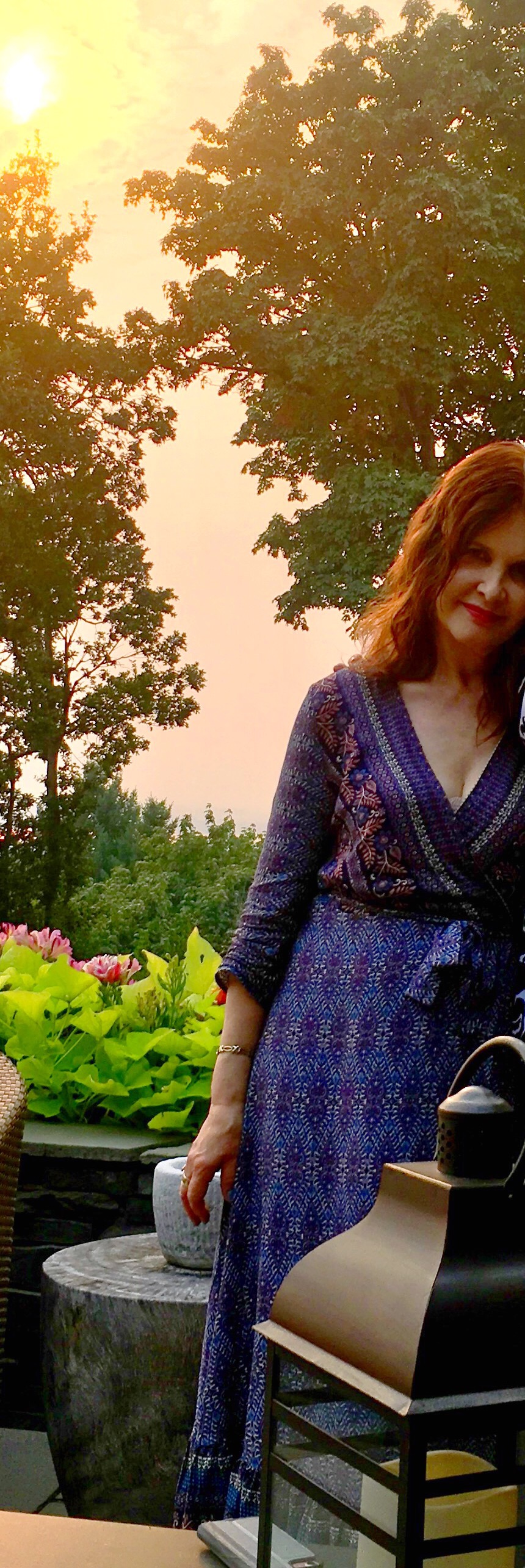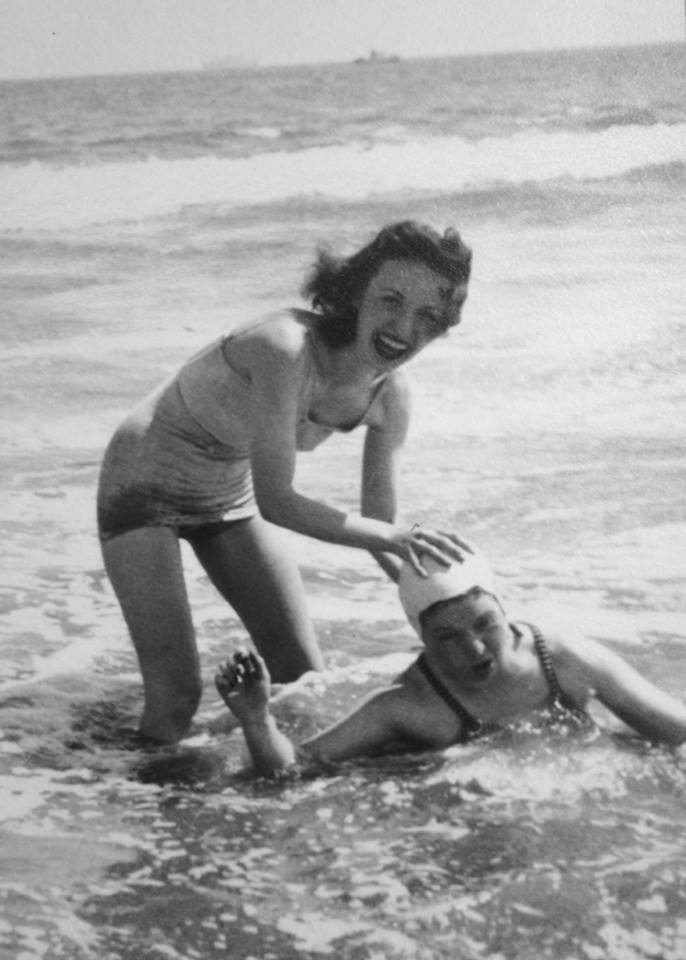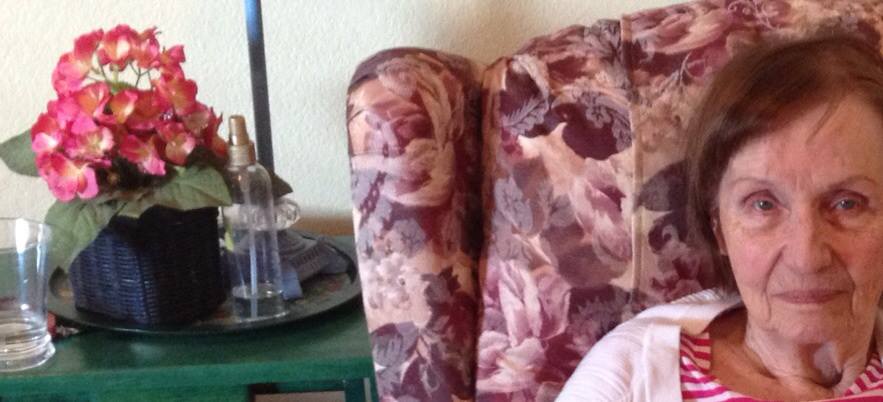2. The ‘unique’ British media
When I first moved to London from The Netherlands in 1990, there were quite a few things that struck me as more than a little odd about the UK. Carpet in the bathroom? What was that all about? Separate hot and cold water taps? Weird…Why did some people leave a little bit of tea at the bottom of their cup? Who was Del Boy? And what exactly were Yorkshire puddings?
I also soon realised that, unlike The Netherlands, the UK didn’t really see itself as being part of Europe. If you were going to the continent from the UK, you were ‘going to Europe’ – as if you weren’t already in it! I reminded my English friends that London was not in Asia or South America, much to their amusement. It was also a long-standing British joke that Germans were Krauts, Italians were Wops and the French were Frogs. Even if there was no malice in these terms and it was meant to be funny, it still underpinned an underlying feeling of ‘us’ versus ‘them’.
In spite of (or perhaps because of?) all of its eccentricities, I did fall head over heels in love with this beautiful country though. I loved the language, the “hello mate!” and “alright, darling?” greetings, the wit, the banter – and pretty much everything else! I even found myself an English boyfriend, and asked him what the British, in general, think about the Dutch. “We tolerate you”, my boyfriend answered with typically dry British humour.
His father read several British tabloid newspapers every day: the Sun (with its famous Page 3 Girl), the Daily Mail and the Daily Express. It was my first brush with something I found even more puzzling than anything I had seen before: anti-EU sentiment on a massive scale.
I couldn’t believe just how many hostile articles there were in these newspapers, and that pretty much all of them were blatant lies. Where I came from, nobody really talked about the EU – most people didn’t really have an opinion about it. But in London, they most certainly did – and it was all extremely negative! “Oh, it’s just a bit of a joke”, I was told, “these silly stories are not meant to be taken too seriously”.
Interestingly enough, I later found out that the origins of some of these so-called “Euromyths” – funny but completely fake news stories about the EU – could be traced back to none other than good old Boris Johnson. He had been hired by The Times during the 1980s (a job he got through family connections), was fired for making up two stories, and was hired by The Daily Telegraph almost immediately afterwards to become its Brussels correspondent between 1989 and 1994.
Boris loved ridiculing the EU for his own amusement, and invented plenty of stories about it. His Euromyths always followed the same pattern: they started off with a tiny element of truth, but soon turned into completely made-up conspiracy theories – ones that were so crazy that it was almost funny! There was supposed to be an EU plot to ban prawn cocktail flavoured crisps, Brussels bureaucrats wanted to standardise condom sizes, and one of his most memorable headlines was “Snails are fish, says EU”. Years later, Boris was quite happy to admit that he enjoyed telling complete porkies about the EU: “I was sort of chucking these rocks over the garden wall, and I listened to this amazing crash from the greenhouse next door over in England, as everything I wrote from Brussels was having this amazing, explosive effect on the Tory party. It really gave me this, I suppose, rather weird sense of power.”
Over the next 30 years, EU bashing became a staple of most British tabloids, and Fake News became fashionable long before the expression was even invented. Here’s just a small selection of some newspaper headlines over the years:
- “Bureaucrats declare Britain is ‘not an island'” (The Guardian)
- “Eurocrats say Santa must be a woman” (The Sun)
- “Scotch whisky rebranded ‘a dangerous chemical’ by EU” (Daily Telegraph)
- “Domain names – .uk to be replaced by .eu” (Daily Mail)
- “EU plot to rename Trafalgar Square and Waterloo Station” (Daily Express)
- “EU to ban zipper trousers” (The Sun)
- “2-for-1 bargains to be scrapped by EU” (Daily Mirror)
- “New EU map makes Kent part of France” (Daily Telegraph)
- “Corgis to be banned by EU” (Daily Mail)
- “EU forcing cows to wear nappies” (Daily Mail)
- “Brussels ban on pints of shandy” (The Times)
- “Now EU crackpots demand gypsy MPs” (Daily Express)
This is just a tiny, tiny part of it – and these are just the headlines, so you can only imagine what the accompanying stories are like! Sadly, deliberate misinformation, half-truths and outright lies are still the order of the day in some newspapers. It is no wonder that the British press has been amongst the least trusted in Europe for years.
Hardly any British politicians challenged this negative portrayal of the EU in the media. Nobody said: “Hey, hang on a minute! How come we still have playgrounds, corgis and bendy bananas, if we’re constantly being told that they have been banned?” It probably suited them that the EU could be used as a convenient scapegoat for their own unpopular policies.
At first glance, all of this anti EU-ism may seem quite harmless, and even a bit of a laugh. However, it is probably fair to say that after many years and decades, the ‘drip, drip’ effect of this narrative did start to influence British opinions. And not just those of tabloid readers, but, as you can see above, also readers of more respectable newspapers like The Times, The Daily Telegraph and The Guardian. A persuasive portrayal of an EU full of spoilsports getting rid of British playgrounds, double-decker buses and truckers’ fry-ups became a powerful ‘alternative fact’ in the UK: surely everybody knew what those patronising busybodies in Brussels were like? They were the enemies of common sense and the British way of life, so it was high time that the UK started fighting back against these oppressors. And this is exactly how some very influential Eurosceptic newspapers portray themselves: as noble representatives of the man on the street, fighting against those nasty elites in Westminster and Brussels.
You might therefore be surprised to learn that most of the UK media is owned by just a handful of extremely wealthy men with very strong ties to Westminster and the political establishment. One of them, Ukip donor Richard Desmond, sold the Daily Express not long ago – but that still leaves four billionaires with a huge amount of power and influence.
Media mogul Rupert Murdoch owns The Sun, The Times, the now-defunct News of the World (shut down after the phone hacking scandal), and also pro-Trump Fox News in the US. His company News Corporation has subsidiaries in the Bahamas, the Cayman Islands, the Channel Islands and the Virgin Islands. From 1986, News Corporation’s annual tax bill averaged around 7% of its profits. Anthony Hilton, columnist for the Evening Standard wrote during the referendum campaign: “I once asked Rupert Murdoch why he was so opposed to the European Union. “That’s easy,” he replied. “When I go into Downing Street they do what I say; when I go to Brussels they take no notice.”
Identical twins the Barclay brothers are the owners of the five-star Ritz hotel in London, as well as pro-Brexit publications The Daily Telegraph and the Spectator. Currently number 17 on the Sunday Times Rich List, they have houses in both the Channel Islands and Monaco. In 2012, BBC’s Panorama reported that they had paid no corporation tax for the Ritz, and in 2017 the Barclay Brothers lost a £1.25 billion tax case against HMRC.
The Daily Mail is owned by the 4th Viscount Rothermere. His great-grandfather was a friend of Adolf Hitler, and supported the Nazis when he owned the newspaper in the 1930’s. He also wrote an interesting article entitled ‘Hurrah for the blackshirts’, supporting Oswald Mosley and the facist movement in Great Britain. The current Viscount Rothermere is said to be richer than the queen, he has non-domicile tax status and owns his media businesses through a complex structure of offshore holdings and trusts.
So, not exactly ‘men in the street’, but billionaires with direct access to Downing Street, influencing opinions all over the country through their newspapers.
Regardless of their owners, does this mean that we should not have any critical Eurosceptic newspapers at all? Is the EU, in reality, just a perfect club of countries happily working together, holding hands and singing Kumbaya, that shouldn’t be questioned?
No, of course not.
There is nothing wrong with a healthy dose of scepticism towards the European Union. The Eurozone crisis, the migration crisis, the banking crisis, problems in Eastern Europe: it has plenty of problems – some outside of the EU’s control, some within it. But this is about fairness and balance. The world is not black or white – there are always fifty shades of grey in the middle. So let’s be sceptical of both sides. Let’s look at the pros and cons of the EU, without painting it as some kind of one-dimensional monster.
Why, for instance, do British newspapers never write about the good things the EU has achieved: clean beaches, no roaming charges, the protection of children that is enshrined into EU law? Why does nobody mention that the British film industry has received nearly £300 million in funding from the EU in the past 10 years? And why do you never hear about about all the money the European Regional Development Fund (ERDF) and European Social Fund (ESF) have spent in poorer regions within the UK?
How about the £640 million it has paid to save old buildings in Birmingham city centre? A £2 billion investment for Wales? £1 billion for South Yorkshire? €60 million to help repair flood damage in the UK, and a similar amount for Cornwall over the last ten years? Not a peep about any of this in the British media.
And while we’re at it: apart from some more balance, can we also have a discussion that is based on evidence-based facts please? I know that it it is not always easy to separate fact from fiction, but there are plenty of fact-checking websites out there these days. Take the famous fake Lisbon Treaty post doing the rounds on Facebook: “OMG!!! WHY IS NO ONE TALKING ABOUT THE LISBON TREATY THAT COMES INTO FORCE IN 2020??” Because it’s fake news, that’s why. And it is not just the Brexiteer side that makes things up, by the way. A recent claim that Nigel Farage was involved in the far-right National Front as a teenager is based on an old photograph, that is almost certainly not him.
Media bias, alternative facts, Russian bots, fake Twitter accounts: they are all a threat to democracy and our ability to separate truth from fiction. Apparently, it will soon be possible to make photo-realistic HD video, audio and document forgeries, even for amateurs, and some of these forgeries will be good enough to fool even some types of forensic analysis. Imagine what damage a Fake News story can do, when it’s accompanied by a very convincing Fake Video?
And whilst talking about media bias towards the EU, we haven’t even touched upon newspaper stories regarding some other groups of foreigners: immigrants, asylum seekers and refugees. More about that next time.

Johanna Brunt was born and raised in The Netherlands. She has spent half her life there on the continent, and half her life in the UK. After studying English and European Studies at the University of Amsterdam, she moved to London where she started working for an international airline. She is married to a Brit, and they have three children together.








